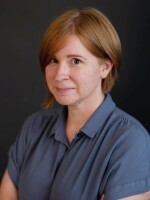Everyone who lived through Black Saturday remembers the heat and the wind that day in February 2009. The temperature soared to 115 degrees Fahrenheit — so hot it sucked the breath out of you, made your vision swim and your fingers swell. The wind blew in from the northwest, from the vast, arid Australian interior. Flags flew stiff. Fire danger was extreme.
Joe Milbourne was at home, reading a book on his couch with the air conditioning on and the curtains closed against the harsh February sun. The 59-year-old had retired early from his career as a security guard and had moved into a one-story house at the end of a cul-de-sac in Flowerdale, a small town in the wooded hills above Melbourne.
In the early evening, the lights suddenly turned off and the air conditioner cut out. No worries, Milbourne thought, the wind must have knocked out the power. He turned on a flashlight and kept reading. Then something caught his eye.
"Between the curtains was a red stripe," he remembers. "I thought, 'It's too early for sunset.' " He grabbed his hat and his walking stick and went outside to investigate.
The sky was blood red.
By the next morning, 173 people were dead and more than 2,000 homes — including his — were destroyed.
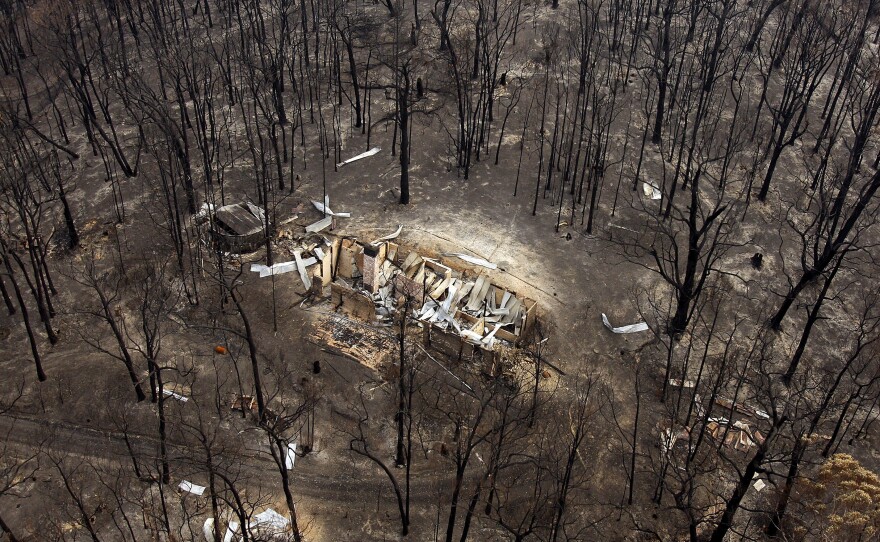
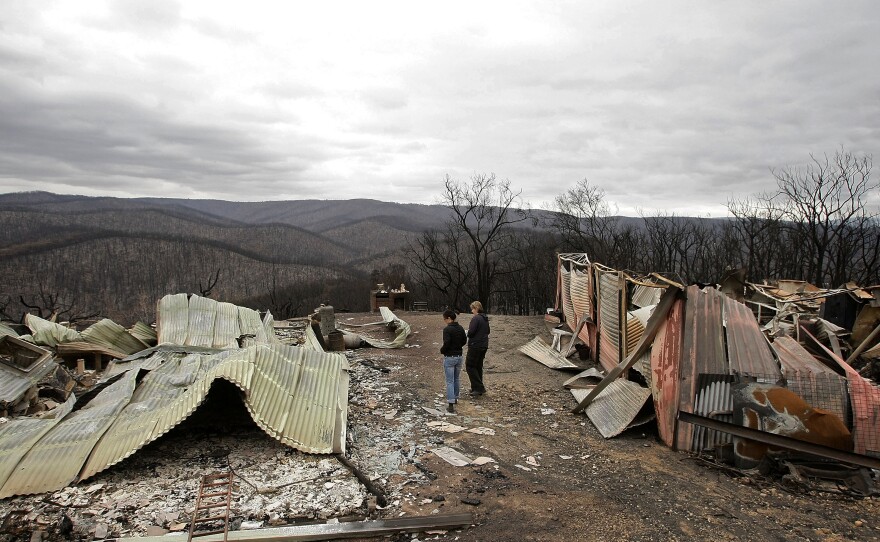
The fires of Feb. 7, 2009, were the most deadly ever recorded in Australia — five times more deadly than the country's most recent wildfires, and with twice the number of deaths as in California's Camp Fire in 2018.
In the aftermath, the Australian government was forced to confront an uncomfortable question: Was it safe to allow people to rebuild and live again in the places that had burned?
The Victoria state government eventually offered a choice to hundreds of people in the highest-risk areas who had survived the fires and lost their homes: rebuild to be more fire resistant or sell your land to the government and move somewhere else. The condition was that once land was sold to the government, a home could never be built there again.
Risks of rebuilding
Many policymakers assumed that the more traumatized homeowners were, the more likely they would be to sell their land to the government and relocate, which would lead to fewer people living in harm's way. They assumed the offer of cash payment and a new start would appeal to most people who had watched fire consume their neighborhoods — and would be especially helpful for those who had lost family members in the inferno.
But interviews with 10 survivors of Black Saturday and a review by NPR of more than 50 witness statements given to a government commission suggest that these assumptions were often incorrect. Many who lost houses had already made critical decisions about rebuilding or relocating, long before the public buyback option was even announced. Others who had suffered greatly wanted nothing more than to hold onto the land where their loved ones had lived and died.
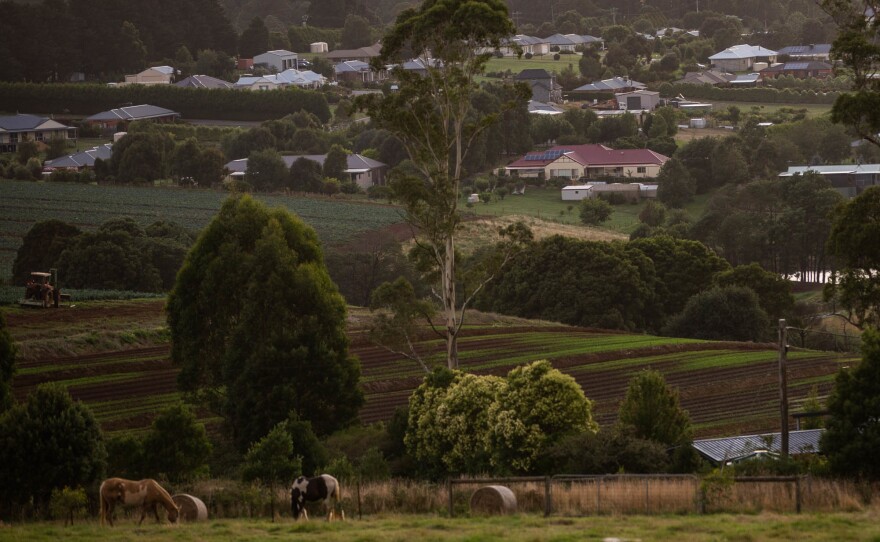
In the end, only a small fraction of those who lost their homes on Black Saturday opted to sell their land to the government, and many people rebuilt homes in areas that are extremely prone to fire.
The questions raised by Australia's buyback experiment have become freshly urgent after the country's most recent wildfires and are relevant for other parts of the world where climate change has made large, intense wildfires more likely and where it has become increasingly dangerous to live — including areas of the United States.
"There's a lot that we can learn in the United States from Australia's tragic experience with bushfire this year and in 2009," says Alice Hill, a senior fellow at the Council on Foreign Relations in Washington, D.C., and a former climate policy official in the Obama administration. "In some instances, it may not make sense to rebuild, given the risk."
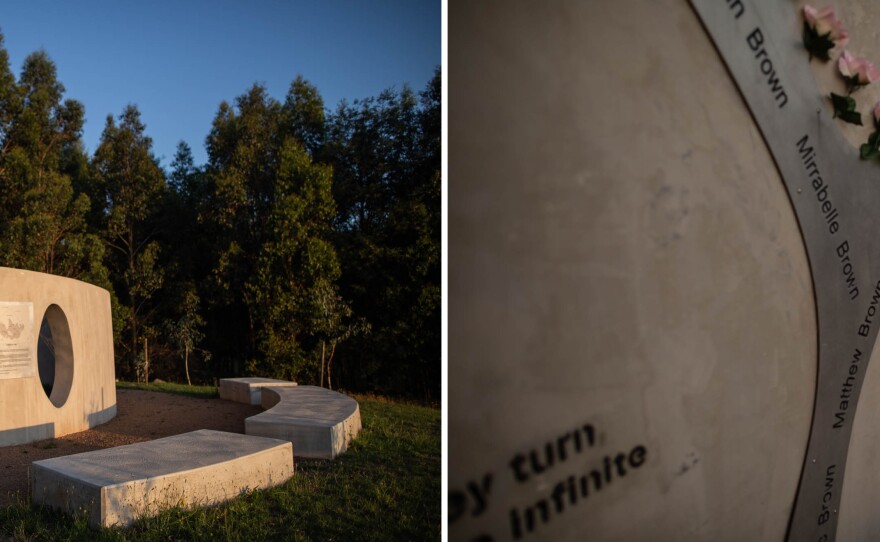
But if Australia's experiment after Black Saturday is anything to go on, finding alternatives to rebuilding is easier said than done.
A place to grieve
Donna Wilson puts her pickup truck in gear in the parking lot outside the real estate office she manages and lights a cigarette.
"I'll take you down here first," she says, driving past the pub in the middle of Kinglake, a town 20 miles south of Flowerdale, where Milbourne lives. She points out an empty piece of land. The former owner battled the flames for hours in 2009.
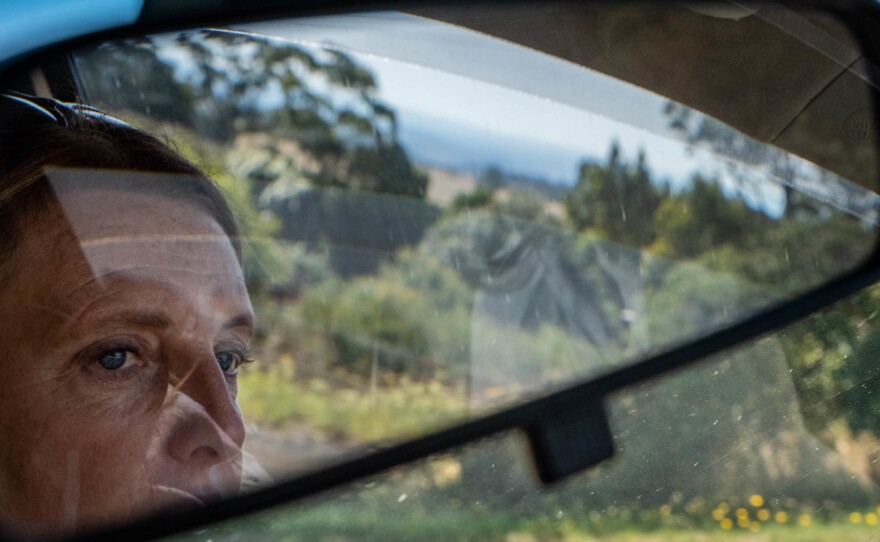
"That's a buyback," she says.
More than two-thirds of those who died on Black Saturday had lived in the Kinglake area. The public purchase option "was a godsend for a lot of people" who were too overwhelmed to list their properties for private sale after the 2009 fire that devastated the town, she says.
But some of those most traumatized by the fire — people who lost loved ones — didn't want to let go of their land, even if they had no intention of rebuilding there.
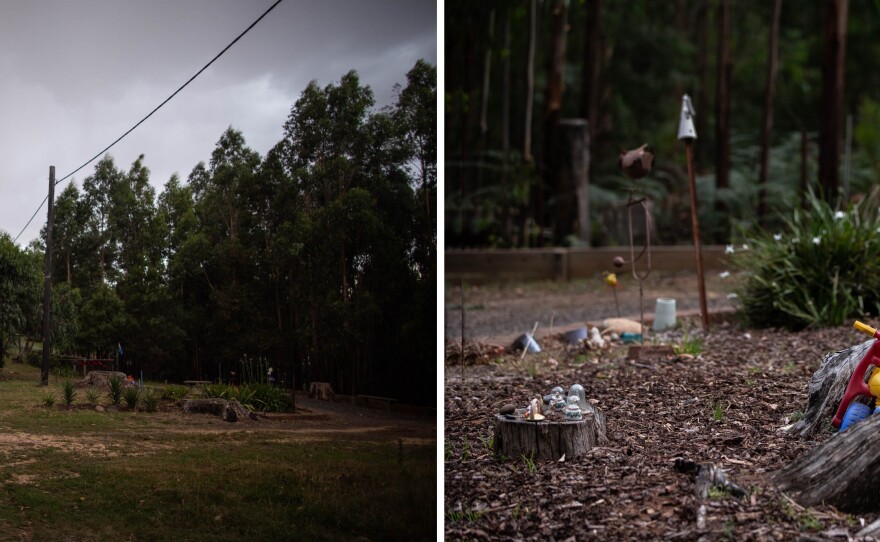
Just outside the town center, she turns down a road with neat single-family homes on 1- and 2-acre lots. The tall, leafy gum trees have regrown in the years since the fire, and it's shady and cool. The street ends in a cul-de-sac with two houses. Wilson stops her truck.
"This is a memorial," she says, pointing into the woods between the two houses.
Sunlight comes through the leaves and cockatoos squawk in the canopy. Eleven years after the tragedy, it's easy to miss the charred flagpole.
The people who lived here in 2009 died here. Their relatives still own the empty lot where their house used to stand. Sometimes they come back to visit.
"It's a place to grieve," Wilson says. "It's just where they go ..." she trails off. "Yeah, it's their choice."
Undeterred by fire danger
Fire risk aside, Kinglake remains a popular place to live. The town's population — about 1,500 in 2016, when the most recent Australian census was taken — is slightly bigger than it was in 2006.
There are a couple of new restaurants since 2009 and a bed-and-breakfast. People want to move to Kinglake, Wilson says, although there aren't as many lots available because of new land-use and building-code regulations that were passed after the fires. It's more expensive now to build in high-risk areas like this.
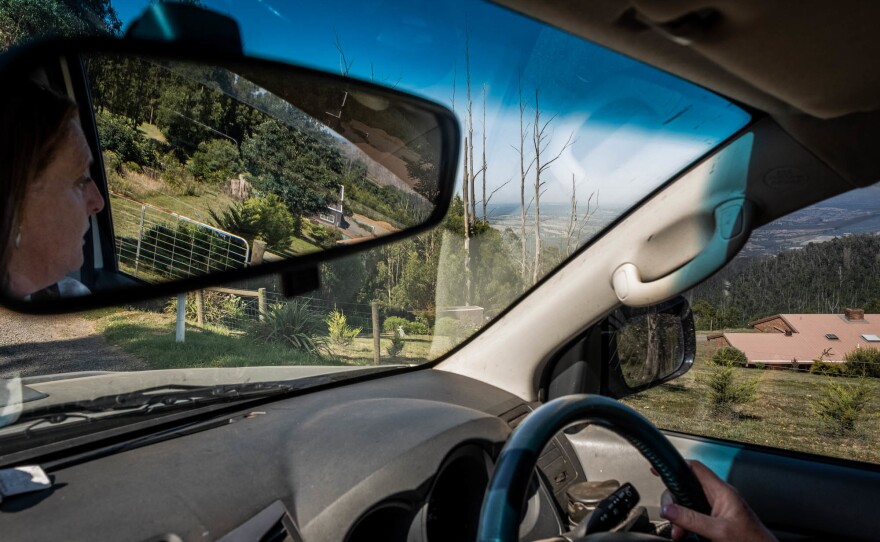
On a road where at least 15 people perished in 2009, nearly every lot has a new home. After the fire, she says, people from Kinglake and all the way down in Melbourne snapped up empty properties.
"These are all new people," Wilson says. "No one is the same, pretty much."
One of the biggest lessons learned nationally after the fires was how bureaucratic delays can undercut new regulations.
After Black Saturday, the Victoria government convened a special commission to investigate the fires' causes, the response and what could be done to prevent such a disaster in the future. After more than a year, the commission came back with 67 recommendations, including new building codes and the public buyback program.
Most of the housing recommendations amounted to suggestions about how to build safer homes in fire-prone areas. The buyback recommendation was the only one suggesting that people shouldn't live in those areas at all.
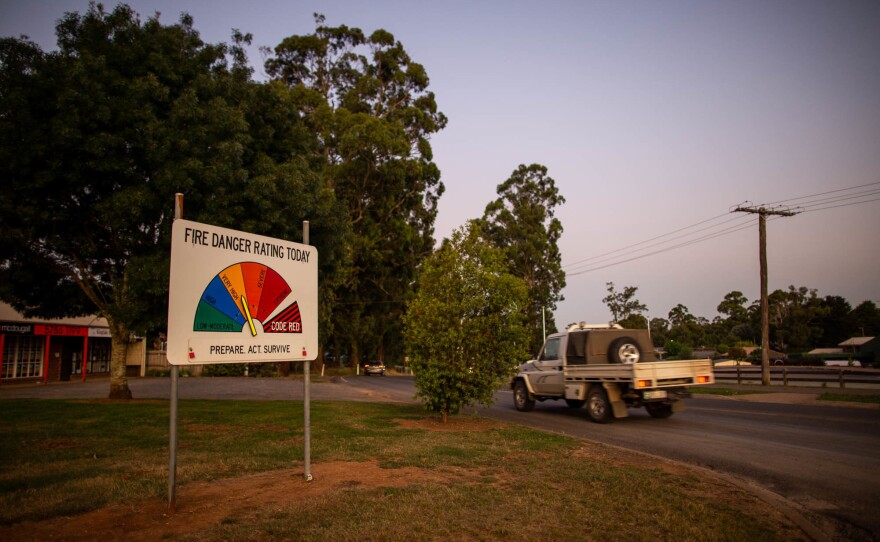
The government accepted every recommendation except the buyback program. But later, a new state government announced that it intended to move forward with a buyback program, offering to purchase burned land for close to its pre-fire value.
By then, nearly two years had passed since Black Saturday. Many people had already sold their land privately.
Pragmatic relocation
"This block gives the impression of owning more land," says Christine Stonehouse, happily gesturing over a fence in Kinglake to a neighbor's horse paddock.
A thick tangle of gum trees provides shade in the summer. On clear days, there's a view of the hilly Kinglake Ranges. The soil is rich enough to grow flowers and vegetables, which is particularly nice for Stonehouse because her parents owned a local plant nursery for decades.
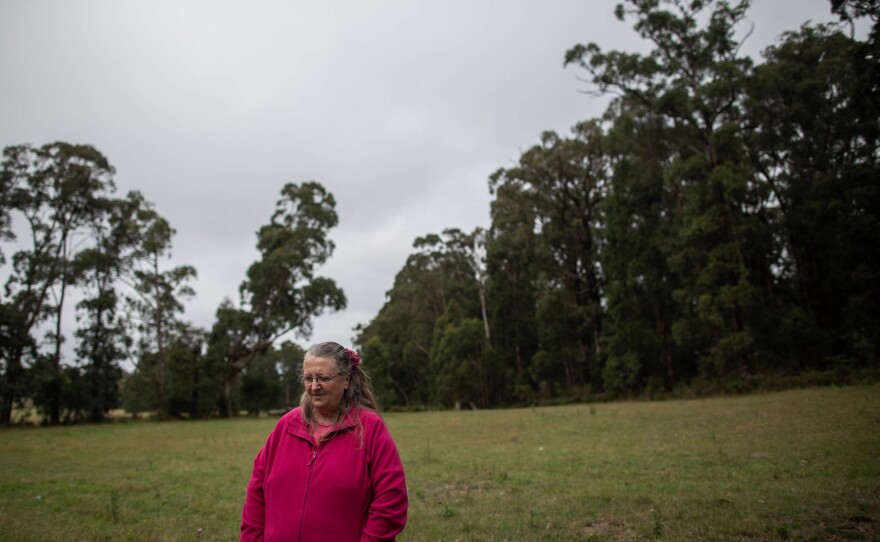
The Stonehouse family considers itself comparatively lucky. The family members had decided early on that they would evacuate if a fire ever threatened their home. "Our plan was always to leave," she says.
On Black Saturday, Stonehouse and her husband loaded their two cars with some photographs, the dog and the cat. As they drove out of town, the sky turned black.
"We never saw flames," says Stonehouse. "None of us got burned. None of us got injured. Emotionally injured, a bit, but all our family was safe."
The day after the fire, a friend called her and her husband to tell them that their home was gone.
"We cried a lot," says Stonehouse.
Within a couple of months, they had rented an apartment back in town and were looking for a contractor to rebuild their home. By late fall of 2009, she says, "We were ready to rebuild."
Meanwhile, that same year, the Victoria government was rolling out its more stringent building standards for wildfire-prone areas. The more susceptible the property was to fire, the more complex and expensive the building standards. Under the new system, the Stonehouse property had the most extreme fire rating. Their building plan did not comply with the new code.
"We talked to the builder and realized it was going to be very expensive," Stonehouse remembers.
Their priority was to find a new place to live, which took about a year. In the meantime, the government began offering to purchase fire-prone land like theirs. If they sold it, no one would ever be able to build a home there again, which was just fine with Stonehouse.
Today, she and her husband live on a slightly larger piece of land on the other side of town, at the top of a hill next to a vegetable farm.
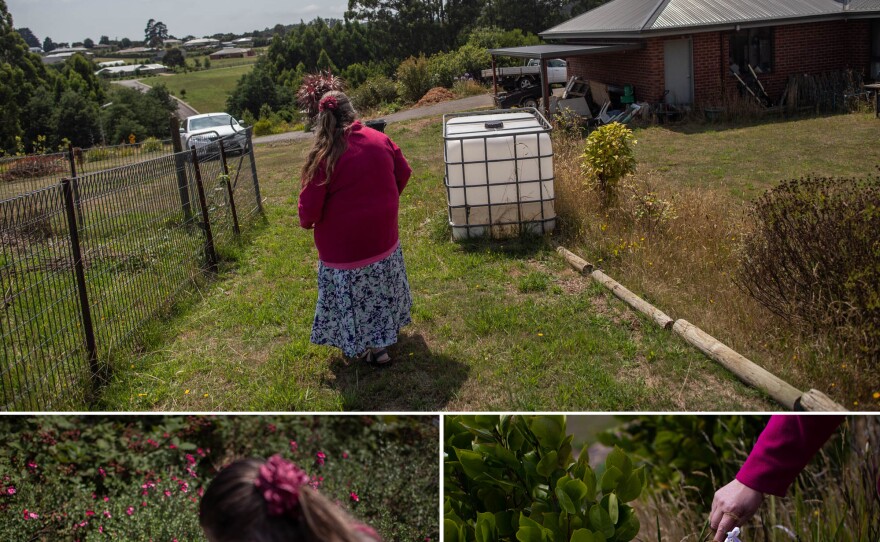
"As soon as I saw this, I thought, 'Maybe that is a good place,' " she says, standing in her garden. She says she feels safe in her new home and is happy with how the post-2009 regulations influenced her family's decision to move.
"Our new block is in the full sun, so roses grow well," she beams.
A policy that came too late
Down the road from Kinglake, Joe Milbourne has spent the last decade recovering from his far more harrowing experience.
On Black Saturday, he watched from the end of his driveway as embers ignited his roof. By the time he reached a neighbor's house, a wall of flame was following him.
"I thought I was going to die," he says.
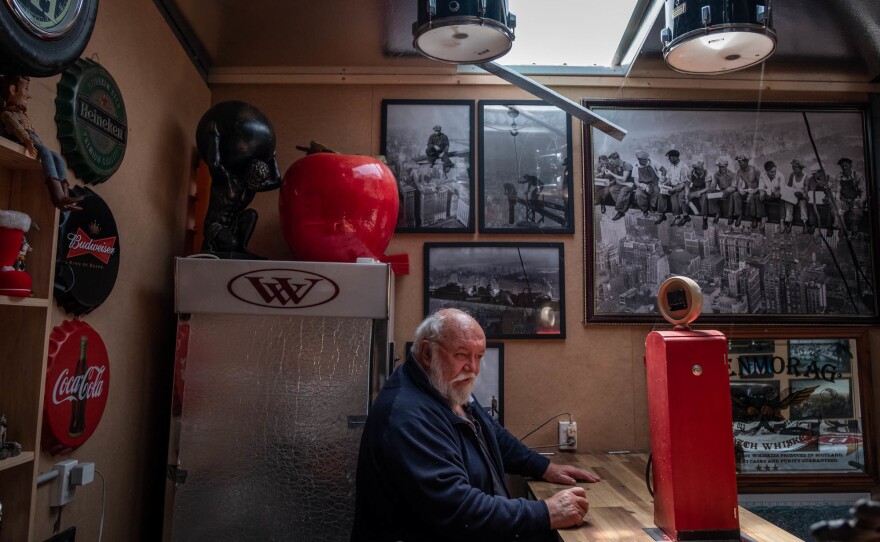
He and his neighbors piled into the neighbor's two cars and drove through thick smoke to an empty field around the corner. The fire had already burned through the grass. The flames made a terrible roaring, sucking sound as they consumed oxygen and fuel.
In the back seat of the car that Milbourne was driving, one of the neighbor's grandchildren sobbed in fear as she watched the tree closest to them glow red.
"I said, 'Right, lie down and put a blanket over your head,' " says Milbourne. After 10 minutes, the flames were less intense. "I said, 'Sit up. Look at [the tree] now. It's just orangish red. I promise you, you're not going to die in a fire.' "
For months afterward, his town of Flowerdale was an eerie and desolate place. Ten people had died in a town of about 500, and most homes were destroyed. The tallest things standing in Milbourne's neighborhood were sooty gas canisters that had been attached to homes.
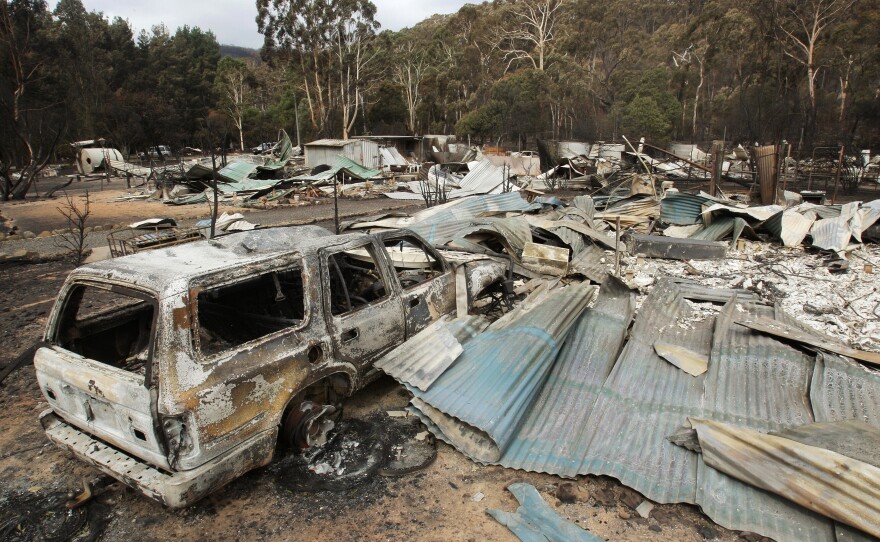
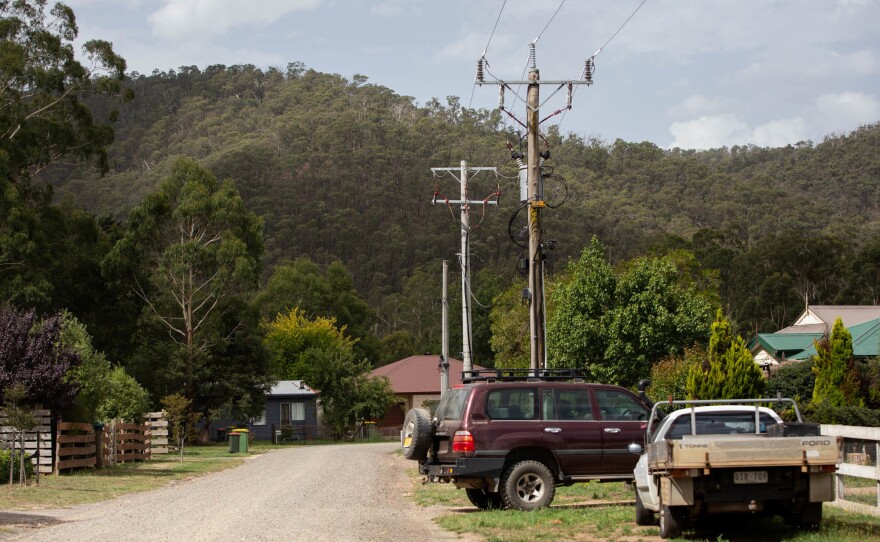
Milbourne went to live in a temporary apartment on the other side of town and was trying to figure out how much money he had to work with, either to move or to rebuild.
About six months after the fire, he got his answer: His home insurance would cover the cost of a new home. But Milbourne didn't think his land was worth much, so it didn't make sense to explore selling it and looking for a new place to live. In the fall of 2009, he gave the green light for builders to begin construction of his new house.
A year and a half later, the government announced it would purchase land like his.
"If I'd known, I wouldn't have built this," Milbourne says. "They were paying pre-fire prices for the blocks [of land]! But I had already started building by the time they announced they were going to do the buyback."
Today, Milbourne is focused on being prepared for the next severe bushfire, which he feels will inevitably come. His keeps two enormous drums of water in his yard, which he hopes he can use to soak himself and his home when the surrounding forest begins to burn.
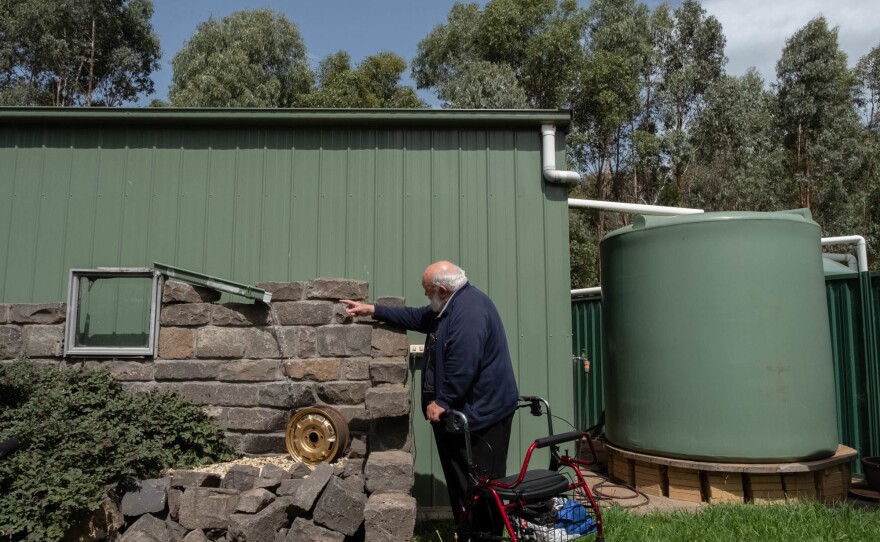
The future of public land purchases
Offering to purchase land was a good policy, says Craig Lapsley, who served as fire services commissioner for the state of Victoria after the 2009 fires. It was especially good when combined with stronger building codes that went into effect after the fires. But he says the government took too long to implement it.
"The policy execution took forever," he says. "It was extremely frustrating, because the details weren't provided for some time and people had to make decisions," he explains. "What do they do? They've got insurance and they've got a piece of land, and [they're wondering] 'What's it all mean to move on?' "
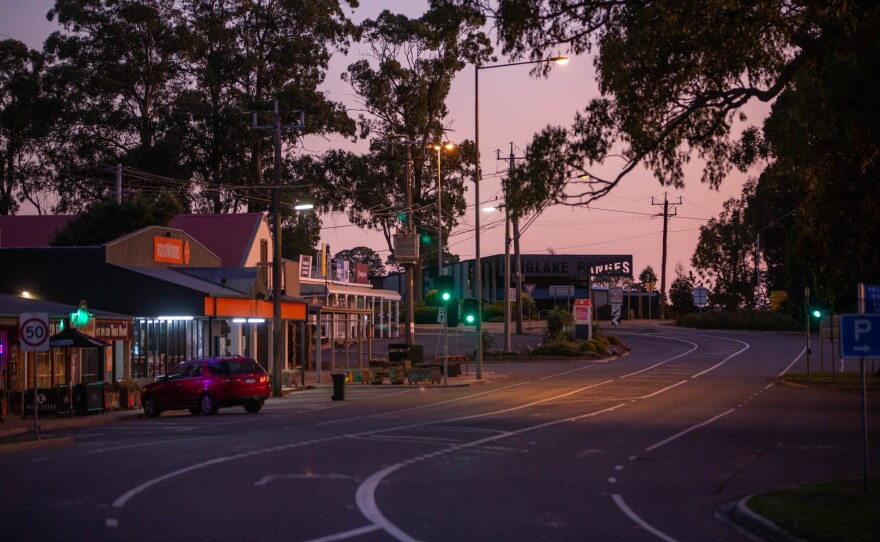
Lapsley says he thinks offering to purchase land after fires might be helpful again in the future. It may even be part of the answer to this season's fires, which have destroyed thousands of homes in the states of Victoria and New South Wales. When NPR asked government officials whether a similar buyback might be introduced this time, they said it was too soon to tell. A special commission has yet to begin reviewing this year's disaster.
But, Lapsley says, it's important to make that option available early, if it's going to be an option at all.
As for Milbourne, he is still trying to put Black Saturday behind him. "It's been traumatic," he says. The stress of rebuilding his house and making sure he's prepared for another fire has affected his health.
"There are signs in town that say, 'Never Forget,' " he says. "Take them down!"
Forgetting is exactly what he's trying to do.
Copyright 2023 NPR. To see more, visit https://www.npr.org. 9(MDAzMjM2NDYzMDEyMzc1Njk5NjAxNzY3OQ001))




